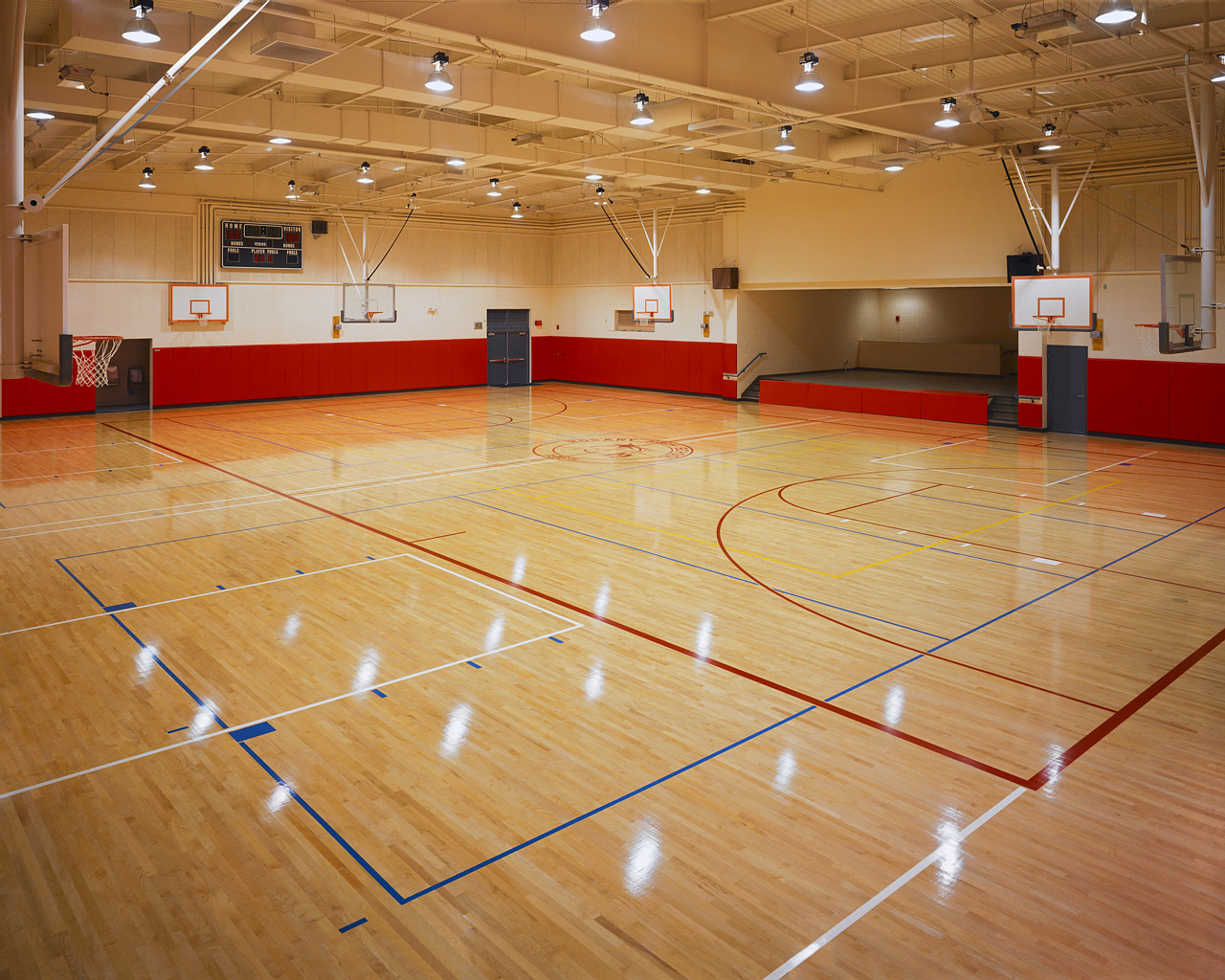Success in any endeavour is often attributable to several common themes: hard work, perseverance, innovation, and in almost every instance, networking. Connections, be they direct or indirect, professional or social in nature, are crucial to achieving any goal. Thankfully for the research I am due to begin this coming September I have recently established just such a connection.
As I’ve mentioned in previous posts I intend to research how trauma informed practice (TIP) could be adapted to benefit a university sport context. Naively, I’ve been thinking that this would be a novel area for study and I would eventually be a pioneer in the field…turns out that may have been a bit ambitious. Last week though the next best thing happened. TIP, otherwise known as the neurosequential model of therapeutics (NMT), was pioneered by Dr. Bruce Perry.
Dr. Bruce Perry on the Neurosequential Model
His approach first found traction outside of a clinical setting in education where it was labelled the neurosequential model in education (NME). One of his organizations, the Child Trauma Academy (childtrauma.org), was created as a community of practice where NMT believers and practitioners could connect, promote and educate the masses on the benefits of NMT. Luckily for me, my school board found value in NME and made it the focus our teacher professional development this school year. During this process my principal made a connection with Mr. Steve Graner, a member of the childtrauma.org community of practice, and passed his contact onto me.
Serendipity!
I had the chance to connect with Mr. Graner. We spoke at length about NMT, NME and how their organization is targeting sport as the next industry in which to adapt and disseminate NMT. Although I may not be first to the table as it relates to applying NMT to sport, I found out through my conversations with Steve that the table has just been set. They piloted their first NM-Sport courses in November 2018 and are anticipating that sport will be the fastest industry to uptake their approaches to coaching and learning.
Needless to say I’m excited.
Recently I’ve been looking into what research has been done to examine this concept in a sport environment. The answer is almost none. The opportunity to make a significant contribution exists. There is however evidence for NMT in other contexts that are analogous to sport especially as it relates to youth and early adult populations.
My next step is to chat with my professors: Dr. McEwen and Dr. Gallo, and pick their brain about how to follow through on this connection and maximize the value of my research. I am also hoping to connect with another member of childtrauma.org who is spearheading the NM-Sport movement with organizations that including pro-sport franchises.
Did I mention I’m excited…

TL;DR: I’ve made an exciting connection that I’m hoping will benefit the impact of my research. There is little research that’s been done on my area of interest. My next steps are to deepen my connections and seek guidance.
JP

Parker, yes this is very exciting! And upon reading this blog after leaving a comment on your previous blog, I think it would be beneficial to try and investigate the incidence of ACE in basketball. Your study might yield interesting results if you actually found that ACE is prevalent among basketball players and linked to their progression in sport. Have a look at my comment on the previous blog to see if any of my queries might help.
Hi David,
I was very excited about this possibility. After speaking with Dr. Gallo and Dr. McEwen I see why this would be too much for my current research project. I would require a medical doctor or psychologist to jump on board so as to stay within my scope of practice. I will keep it in the back of my mind for when I do my Ph.D.
JP